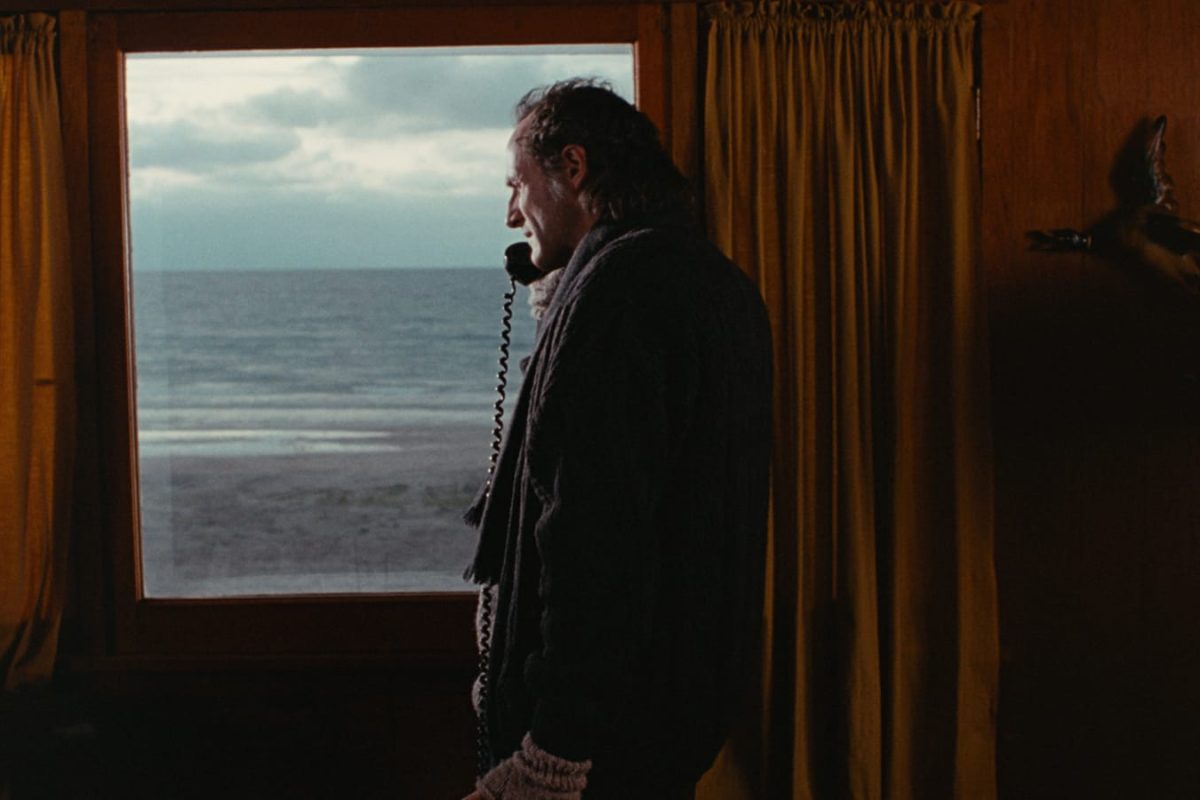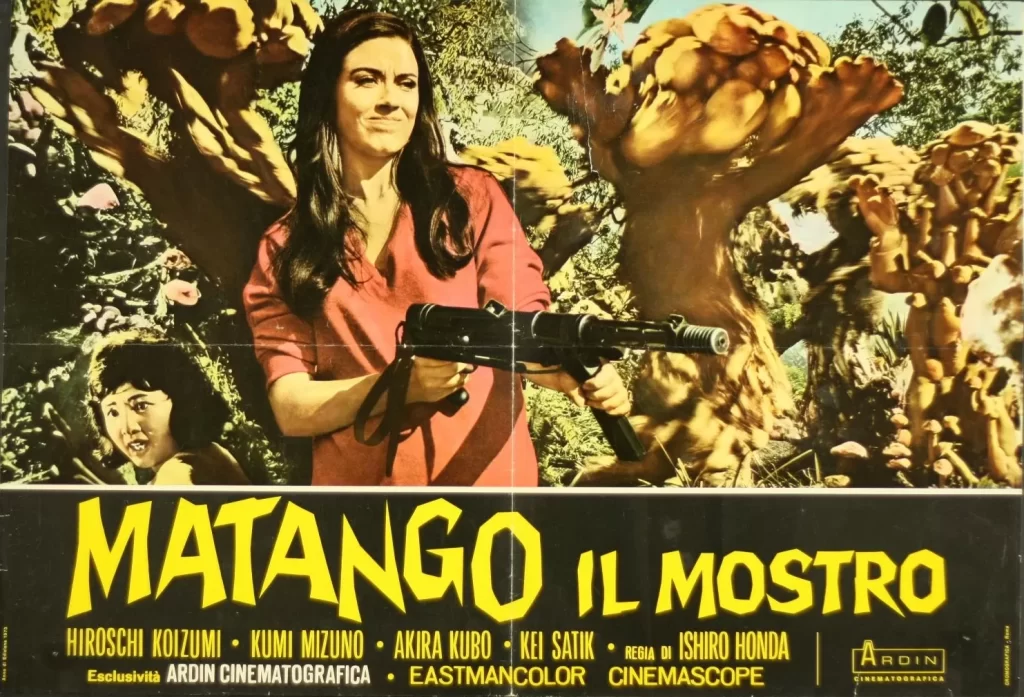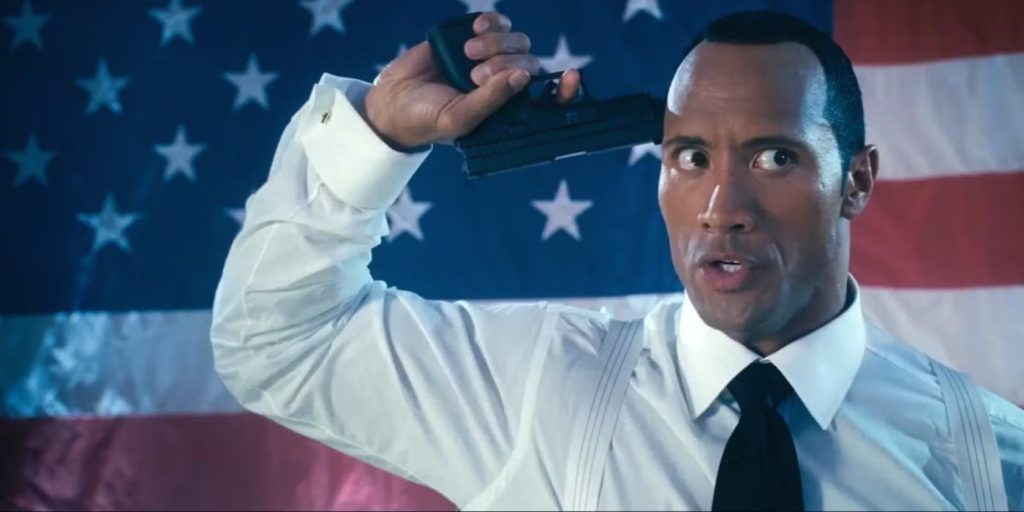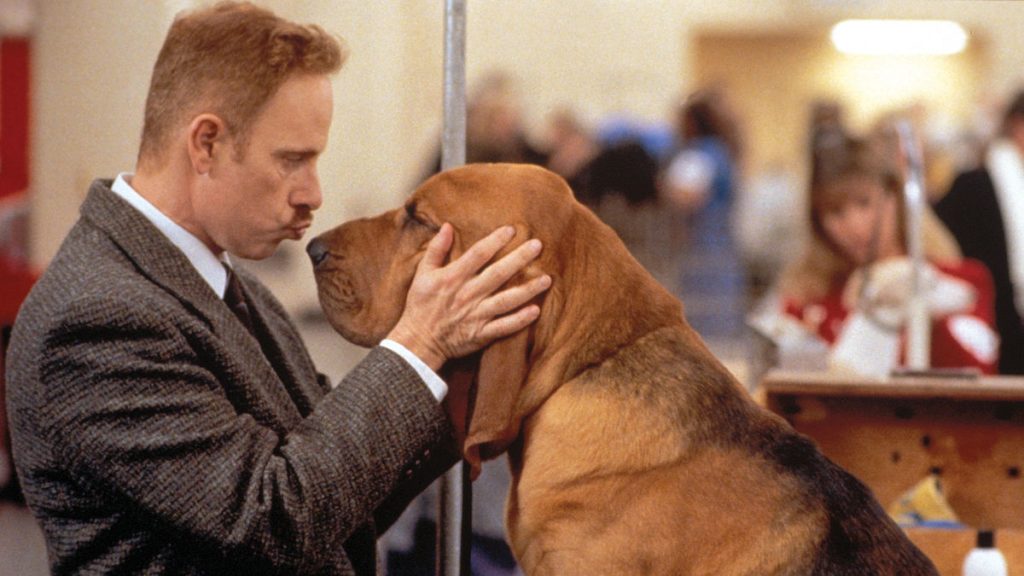How do you make a film about a genius? It’s a question that directors have grappled with since cinema began, to varying degrees of success. Some – like James Mangold’s Dylan biopic A Complete Unknown – go for something straightforward and comprehensive; others – like Todd Haynes’s “Dylan biopic” I’m Not There – dispense with the strictly factual and opt for a more mythic approach. But the difficulty is only enhanced when the subject was a notorious recluse who essentially disappeared from public life at the height of his success. So how do you make a film about a person who was both world famous and unknowable? In the case of Canadian classical pianist Glenn Gould, filmmaker François Girard landed on a structure as eccentric as the figure at its center.
As its title indicates, Thirty Two Short Films About Glenn Gould, released in 1993, is less a traditional rise-and-fall narrative than sketches on a theme. Nothing about it is random, though. Indeed, musically inclined viewers will note that the number of vignettes matches with the number of movements in Bach’s The Goldberg Variations, which Gould recorded multiple times during his career. They’re albums that still sell well, and while it’s probably not quite right to say he resented the popularity his performances brought, he never quite came out of its shadow, either. To construct a biopic around the piece eleven years after his untimely death from a stroke at fifty is both inevitable and perhaps the only way his story could be truly told.
It’s a risky move on Girard’s part, and a potentially alienating one for those who come to Thirty Two Short Films with little knowledge of Gould and his work. But the film’s self-referential, free-flowing organization means it exists on its own terms, making it unexpectedly accessible to both newcomers and purists alike. Those who want to learn more about where Gould came from and what he became can read one of the many excellent books about him. Girard is much more interested in capturing what it was like to be in a room with him, even when he was the only one there.
The segments vary in length from mere seconds to several minutes. Many don’t feature Gould at all, at least in the corporeal sense. In addition to dramatic portrayals by Colm Feore, there are animations, montages, musical performances, and several talking head interviews with people who knew the real Gould. What tethers them all together is the use of his piano recordings, which creates an auditory legibility where a linear one is lacking. For Gould, the purpose of art wasn’t a momentary release or distraction but (per biographer Peter Ostwald) a “gradual, lifelong construction of a state of wonder and serenity.” Taken cumulatively, Thirty Two Short Films feels like Girard’s way of honoring that conviction.
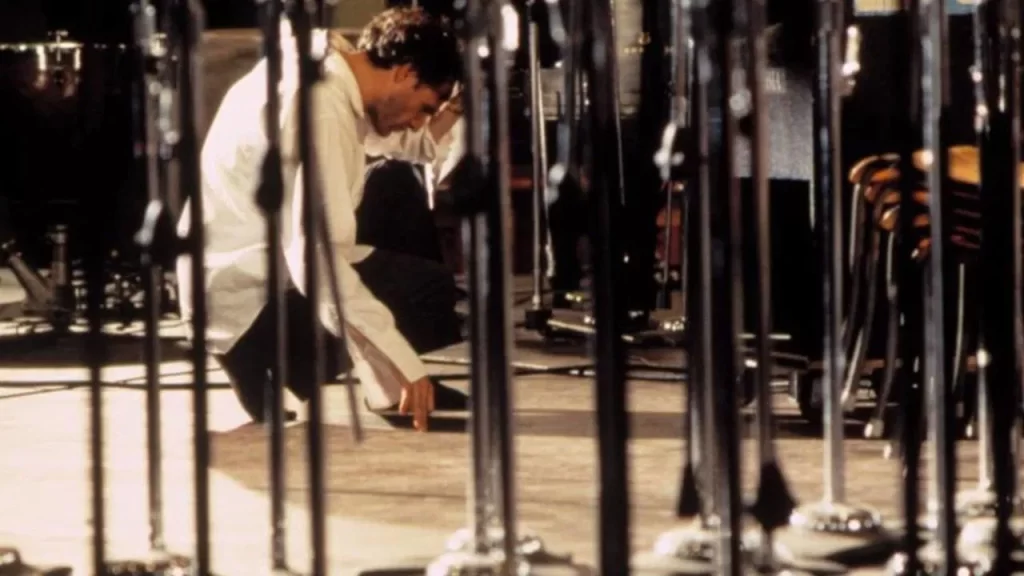
The role of a titanic talent needs a performance to match, and Feore gives an astonishingly intelligible one. Portraying any musician comes with unique challenges but that may be more true of Gould than most. He had a distinct, recognizable performance style, and was known for an almost tyrannical level of control over his professional life, even when ostensibly collaborating with others. He was also an early adopter among his peers when it came to appearing on television; it eventually became his favored concert format as his mental and physical health declined. Such readily available archival material can be a blessing and a curse for an actor, but Feore accomplishes far more than mere mimicry. Girard wisely never has his actor recreate any of Gould’s famous performances; Feore doesn’t even touch a piano throughout the ninety-three minute runtime. Instead viewers come away with the impression that his actual greatest gift was for listening.
He was also a man with some of the familiar problems of fame, including an increased reliance on prescription drugs as he aged. But Girard addresses this with his customary ingenuity: first in a short called “Pills,” which features Feore reading aloud the names and functions of the various prescriptions that Gould used over still images of the drugs themselves, and second in a short called “Diary of One Day,” where handwritten notes from Gould about what drugs he took at what times flash over a black background. Above all, his greatest dependence was on solitude which Gould maintained was the only condition in which he was able to “experience ecstasy.” Gradually the people around him begin to disappear; by film’s end he’s become a man definitively – perhaps defiantly – alone.
As to be expected, Thirty Two Short Films was well-regarded in Gould’s native Canada, receiving six Genie Awards in 1993 and winning four. It might be best known in America, however, for a Simpsons parody. In the years since, it’s only been available for home viewing here on a disc put out by Sony Classical, so its addition to the Criterion Collection is a welcome opportunity for audiences to rediscover both the film and its subject. The days when a classical performer could reach the same heights as a rock star might be past, but the lives of artists are eternally inspiring. To have a biopic that so perfectly captures Gould’s idiosyncratic talent is a wonder in its own right.
“Thirty Two Short Films About Glenn Gould” is out tomorrow from the Criterion Collection.
